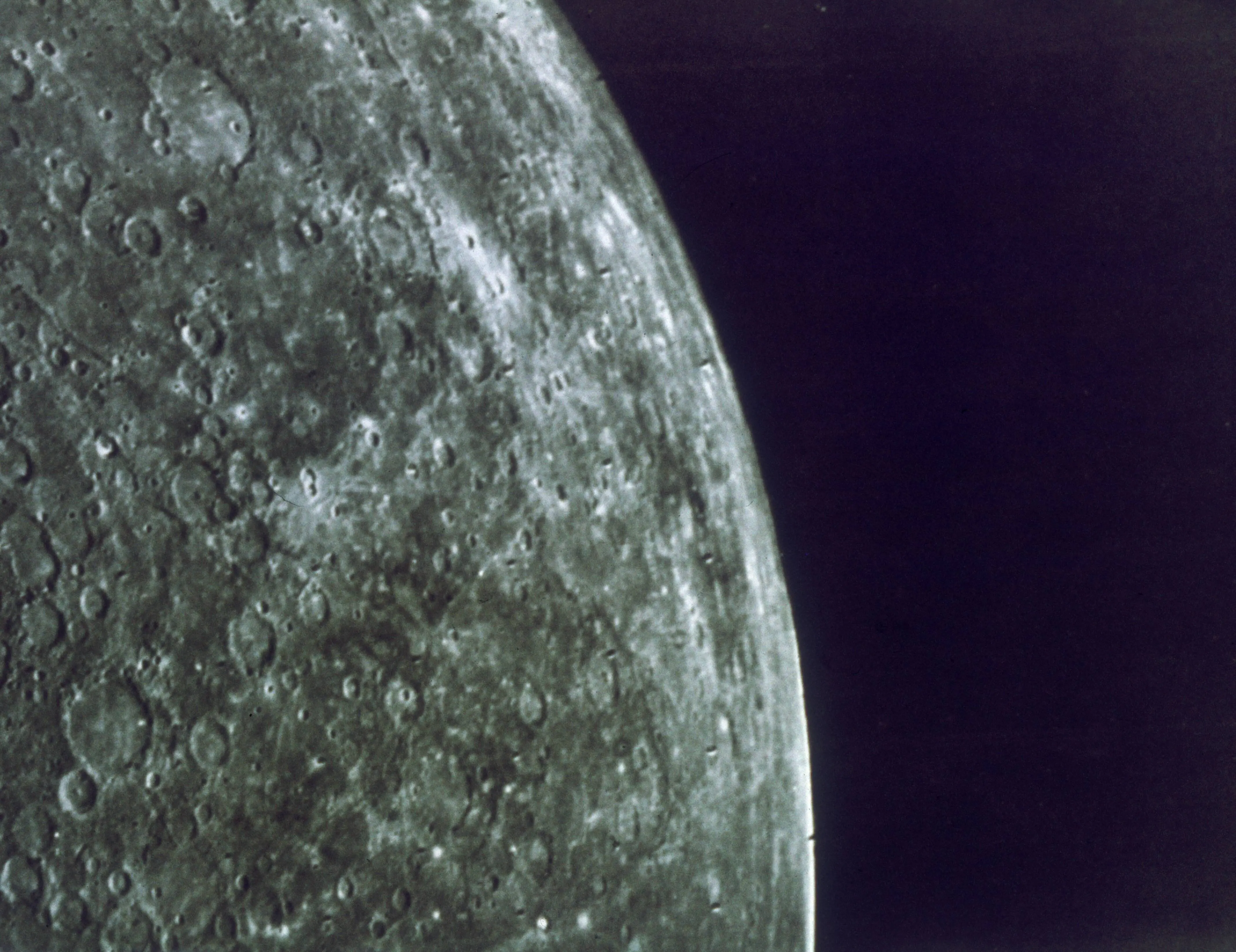Why October 29 is so important? Interstellar object 3I/Atlas makes its closest approach to Earth — here’s what we know
-
 The surface of Mercury, as photographed by the Mariner 10 craft, circa 1974. (Photo by Space Frontiers/Hulton Archive/Getty Images)
The surface of Mercury, as photographed by the Mariner 10 craft, circa 1974. (Photo by Space Frontiers/Hulton Archive/Getty Images)October 29 promises to be a thrilling day for space observers. A celestial visitor, the mysterious interstellar object 3I/Atlas, will be closest to Earth, presenting astronomers and space enthusiasts with a rare opportunity to observe something from outside our solar system.
The object has captivated researchers as well as the general public since its discovery earlier this year. Although some posts on social media have questioned its safety, experts have assured that 3I/Atlas does not pose any danger to Earth. Rather, it's a chance to find out more about the universe outside of our solar system.
What is 3I/Atlas?
3I/Atlas is a giant interstellar object — approximately the size of Manhattan — and it's only the third interstellar visitor known to come from outside our solar system. The "3I" in its designation indicates that it's the third interstellar (I) object discovered, following 'Oumuamua in 2017 and Comet Borisov in 2019.
The object was picked up by the Asteroid Terrestrial-impact Last Alert System (ATLAS) in Hawaii. Scientists believe that 3I/Atlas has been in transit through space for millions of years prior to entering our solar system.
Its peculiar speed and orbit indicate that it doesn't behave under the gravity of the Sun in the same manner as asteroids or comets from our system do. Due to its unusual origin, 3I/Atlas provides scientists with the opportunity to examine the behavior of material from other star systems and what this can reveal about planet formation outside the Milky Way galaxy.
How close will it come to Earth?
According to scientists, 3I/Atlas will make its closest approach to Earth on October 29, when it passes at a distance of about 167 million miles (around 269 million kilometres).
To put that into perspective, that’s nearly 700 times farther than the Moon — so there’s absolutely no danger of a collision. Still, in astronomical terms, it’s close enough for observatories and space agencies to gather detailed data.
Experts at NASA and the European Space Agency (ESA) are tracking the object’s path and composition using high-powered telescopes. Some space probes may also be positioned to capture images as they pass by.
Can you see it from Earth?
Though 3I/Atlas is large in cosmic terms, it remains too dim to observe with the naked eye. But for professional observatories and high-end amateur telescopes, it will be visible as it crosses the sky in late October.
Astronomers predict it will look like a faint, slow-moving object in the Pegasus constellation.
It may be visible through powerful telescopes and dark skies. For the majority, however, the optimal way to view the event will be through live online telescope views, which many astronomy groups intend to broadcast around the time of its closest approach.
What scientists hope to learn
The main goal for astronomers is to understand what 3I/Atlas is made of and how it formed. By studying its light, researchers can determine its chemical composition and compare it with that of asteroids and comets found in our solar system.
Some believe 3I/Atlas may contain a mix of ice, dust, and rocky material, while others think it could be the remains of a planet or comet that broke apart in another star system.
Learning more about it could reveal how common such interstellar visitors are — and whether our solar system sends out similar travellers into space.
No cause for concern
Despite the buzz online, scientists have reassured the public that 3I/Atlas will safely pass by Earth. It won’t interfere with satellites, the Moon, or any other celestial bodies.
Astronomers view the event as a valuable research opportunity rather than a threat. The next time such an object appears could be decades — or even centuries — away.
October 29 will be a day to look beyond our own solar system and witness something truly rare. As 3I/Atlas passes by, it provides scientists with a brief but fascinating glimpse into material from another part of the galaxy.
TOPICS: 3I/ATLAS
- "Dozen such coincidences" - Harvard Professor Avi Loeb says 3I/ATLAS and gamma-ray burst alignments are statistically expected
- Avi Loeb says academia discourages big questions as 3I/ATLAS approaches Earth
- Rare interstellar comet 3i/Atlas set to fly past Earth safely on December 19, scientists confirm
- New NASA and ESA images show 3i/Atlas glowing with activity as the interstellar comet prepares for its December close flyby